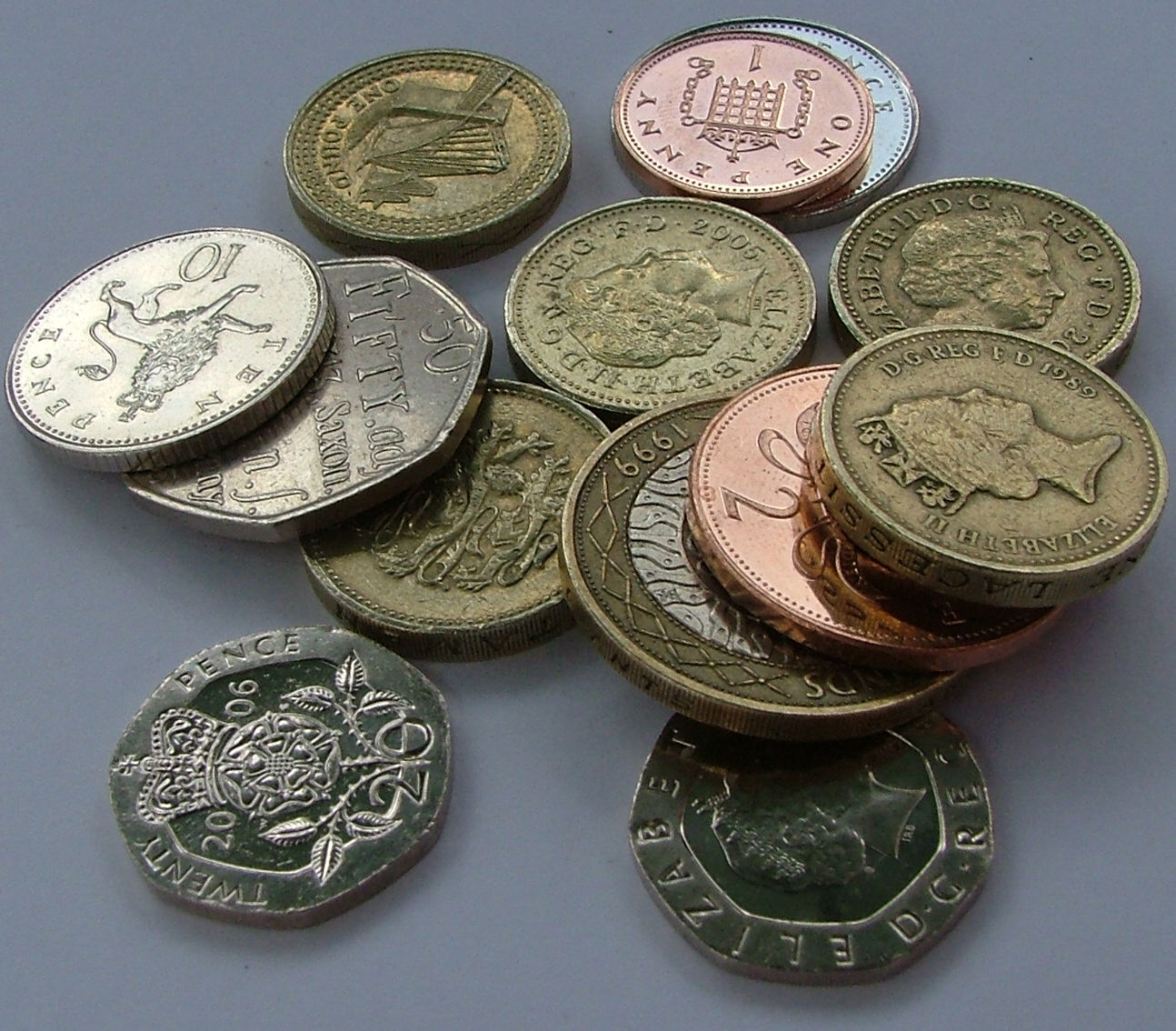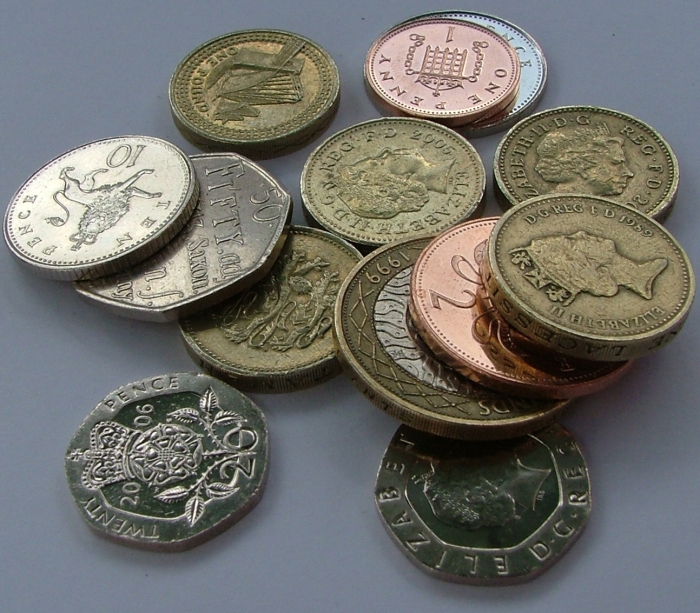It may have an unfamiliar name, but the Numismatic Club is a new and innovative organization that aims to help students explore art, history, and culture — all through American coinage.
Junior Jack Schley formed this special interest club devoted to numismatics, or the study or collection of currency, last year with the help of faculty advisor and history professor Jason Hansen, and the club now boasts about 30 dedicated members interested in studying coins as tangible connections to the past.
“A lot can be told about a country from its coinage; its values, its culture, its economy, and even the cultural period of the time the coin circulated,” Schley said. “I've seen coins turn people that hate history into full on history buffs, and there’s no better way to connect somebody to history than by letting them hold a piece of it in their hands.”
The club convenes once or twice a month, and at meetings members discuss what coins they’d like to purchase and the history behind them, including the time periods that the coins come from and the significance of currency to the economy and daily life at that time.
The club caters to students who are politically or economically minded — especially those with an interest in money, preservation, and museums — and is looking for wider recognition. An attempt to host a CLP earlier this year fell through, but the club has the goal of bringing a speaker from the national coin collecting community that could speak about the role coins play in our society and how American culture is reflected in our money today.
Other plans include studying the diverse collection of coins that are located in Furman’s library and visiting a local coin shop on Poinsett Highway. There will also be a large coin show taking place in Greenville this October that the club plans to attend.
Schley gave an example of how the club uses coins to study the past, recalling an experience when the club looked at Spanish half-reale minted in Mexico in 1783. He said the coin, which was the equivalent to a dime for the early colonies, came off a ship bound for Louisiana that sank in the Gulf of Mexico during a hurricane.
The ship was carrying millions of dollars in silver coins meant to stabilize the economy in the Spanish-controlled region, which would become such a burden for the Spanish that they sold it France, who would sell it to the United States as a part of the Louisiana purchase.
It’s an example that shows how the Numismatic Club is helping members think a little more critically about something we see and use everyday.

